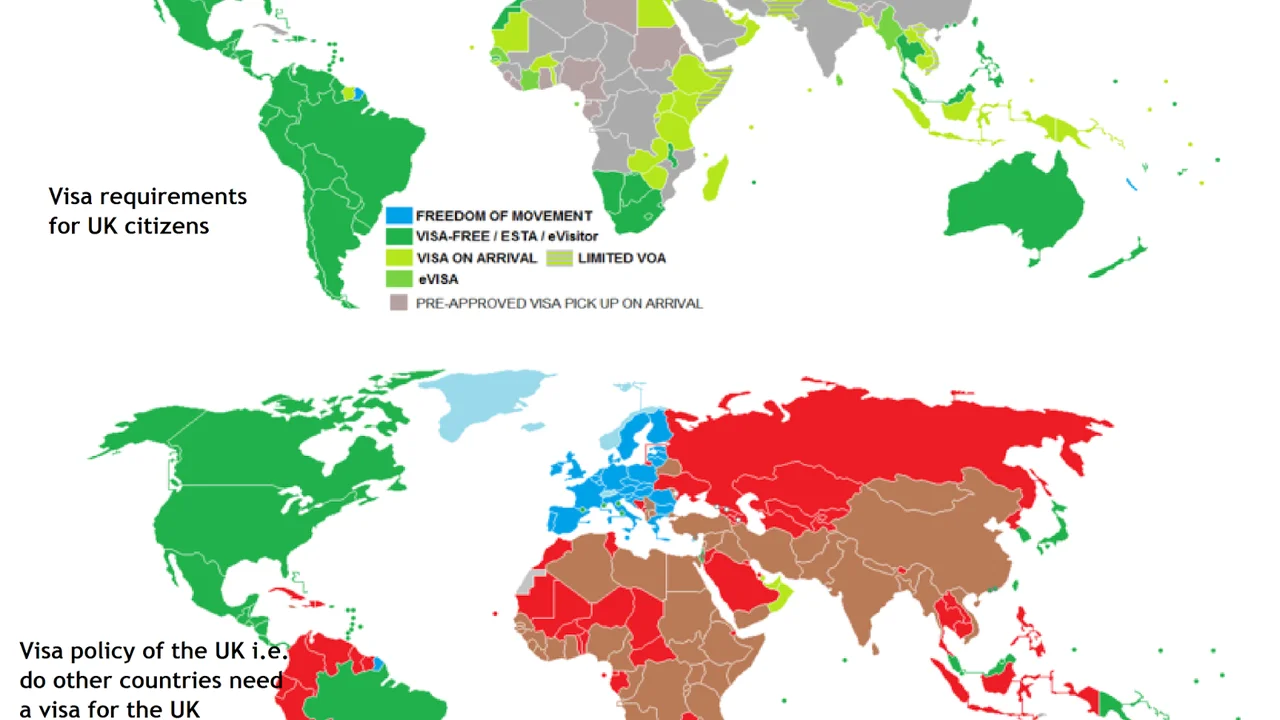5 Royal Palaces in Europe: A US Traveler's Tour
Sample meta description.

Vienna Weekend Itinerary Day 1 Imperial Grandeur and Coffee Culture
Okay, so you've landed in Vienna! First things first, ditch the luggage at your hotel and head straight for the Hofburg Palace. This place is HUGE – seriously, you could spend days wandering around. It was the winter residence of the Habsburg dynasty for over 600 years! Grab an audio guide; it’s totally worth it to learn about all the emperors and empresses who lived here. Think opulent ballrooms, secret passageways (maybe not so secret anymore!), and enough gold leaf to make Fort Knox jealous. Budget at least 3 hours to explore it properly.
After the Hofburg, you'll be craving caffeine. Vienna is famous for its coffee houses, so it's time to dive into that culture. Skip Starbucks and head to Café Central. It's iconic, historic, and the perfect place to people-watch. Order a "Melange" (it's like a cappuccino) and a slice of Sachertorte (chocolate cake). Trust me, you won't regret it. Be prepared for a potential queue, but it moves quickly, and the atmosphere is worth the wait.
In the late afternoon, take a stroll through the Volksgarten, a beautiful park with a rose garden and the Theseus Temple. It's a great spot to relax and soak up the Viennese atmosphere. Then, as evening approaches, make your way to the Naschmarkt, a vibrant outdoor market. It’s packed with food stalls, spices, and souvenirs. Grab some dinner here – you can find everything from traditional Austrian dishes to international cuisine. Don't be afraid to haggle a little!
Vienna Weekend Itinerary Day 2 Art Music and the Danube River
Day two is all about art and music. Start your day at the Schönbrunn Palace, the Habsburgs' summer residence. This palace is even bigger than the Hofburg, with stunning gardens and a zoo! Take the Grand Tour of the palace to see the most impressive rooms, and then explore the gardens. Make sure to climb up to the Gloriette for panoramic views of Vienna. Allow at least 4 hours for Schönbrunn.
In the afternoon, immerse yourself in art at the MuseumsQuartier, a complex of museums housed in former imperial stables. Choose one or two museums that interest you – the Leopold Museum (for Austrian modern art) and the MUMOK (Museum of Modern Art) are both excellent choices. Even if you don't go inside, the MuseumsQuartier is a great place to hang out, with cafes, bars, and outdoor seating.
As evening falls, experience Vienna's musical heritage. Attend a classical music concert at the Vienna State Opera or the Musikverein (home of the Vienna Philharmonic). Even if you're not a classical music buff, it's an unforgettable experience. Book your tickets in advance, especially if you want good seats. Alternatively, you could take a Danube River cruise and enjoy dinner and live music on board.
Vienna Travel Gear Recommendations The Essential Packing List
Okay, so you're thinking about what to pack? Here’s my take on essential travel gear. Vienna is a walkable city, so comfortable shoes are a MUST. I swear by my Allbirds Wool Runners (around $110). They're lightweight, breathable, and super comfortable for all-day walking. Plus, they look pretty stylish. Alternatively, if you're expecting rain (which is always a possibility), consider a pair of Blundstone boots (around $200). They're waterproof, durable, and can handle cobblestone streets like a champ.
Next up: a good travel backpack. I'm a big fan of the Osprey Farpoint 40 (around $160). It's carry-on sized, has plenty of compartments, and is comfortable to wear. If you prefer a roller bag, the Travelpro Maxlite 5 (around $130) is a great option. It's lightweight and durable, and it has spinner wheels for easy maneuvering.
Don't forget a universal adapter! Europe uses a different electrical outlet than the US, so you'll need an adapter to charge your phone, camera, and other devices. The EPICKA Universal Travel Adapter (around $25) is a good choice. It has multiple USB ports and can be used in most countries.
Finally, a portable charger is a lifesaver. You don't want your phone to die in the middle of exploring a palace. The Anker PowerCore 10000 (around $25) is small, lightweight, and can charge your phone several times.
Vienna Accommodation Options Hotels vs Airbnb Pros and Cons
Vienna has a ton of great places to stay, from luxurious hotels to cozy Airbnbs. If you're looking for a classic Viennese experience, consider staying at the Hotel Sacher (starting around $500 per night). It's a historic hotel with opulent rooms, a world-famous café, and impeccable service. Alternatively, the Hotel Imperial (starting around $400 per night) is another grand hotel with a rich history and a prime location.
For a more budget-friendly option, check out the Hotel Kaiserhof Wien (starting around $150 per night). It's a stylish hotel with a central location and comfortable rooms. Or, if you prefer a more modern vibe, the 25hours Hotel at MuseumsQuartier (starting around $120 per night) is a trendy hotel with a rooftop bar and funky design.
Airbnb is also a great option, especially if you're traveling with a group or want a more local experience. You can find apartments in all parts of the city, ranging from studios to multi-bedroom apartments. Prices vary depending on the location and size of the apartment, but you can often find good deals, especially if you book in advance.
When choosing between a hotel and an Airbnb, consider your priorities. Hotels offer more amenities and services, such as room service, concierge, and daily housekeeping. Airbnbs offer more space and privacy, and they can be a more affordable option, especially for longer stays.
Navigating Vienna Public Transportation vs Taxis vs Walking
Vienna has an excellent public transportation system, making it easy to get around the city. The U-Bahn (subway), trams, and buses are all efficient and reliable. You can purchase a Vienna Pass, which gives you unlimited access to public transportation, as well as free entry to many museums and attractions. A 72-hour Vienna Pass costs around $80.
Taxis are readily available in Vienna, but they can be expensive. Uber is also available, and it's often a more affordable option than taxis. However, keep in mind that traffic can be heavy, especially during rush hour.
Walking is a great way to explore Vienna, especially in the city center. Many of the main attractions are within walking distance of each other. Just be sure to wear comfortable shoes!
For getting from the airport to the city center, the City Airport Train (CAT) is the fastest option. It takes about 16 minutes to reach Wien Mitte station. A one-way ticket costs around $14. Alternatively, you can take the S7 train, which is cheaper but takes about 30 minutes. A one-way ticket costs around $5.
Viennese Cuisine Beyond Schnitzel Exploring Local Food and Drink
Okay, everyone knows about Wiener Schnitzel, but Viennese cuisine is SO much more than just fried meat! You HAVE to try Tafelspitz, boiled beef in broth, served with horseradish sauce and apple horseradish. It’s surprisingly delicious and a very traditional dish. You can find great Tafelspitz at Plachutta Wollzeile (expect to pay around $30 for a generous portion).
Another must-try is Käsespätzle, Austrian cheese noodles. It’s like mac and cheese, but way better. Try it at Figlmüller (yes, the Schnitzel place, but their Käsespätzle is amazing too – around $15). And for something sweet, don’t miss out on Apfelstrudel, apple strudel. Every café has it, but Café Landtmann is a classic choice (around $8).
As for drinks, Vienna is famous for its wine. Try a Grüner Veltliner, a crisp white wine that’s perfect with Austrian food. Heuriger are traditional wine taverns on the outskirts of the city where you can sample local wines and eat simple food. Mayer am Pfarrplatz is a great example.
Vienna Safety Tips Staying Safe and Avoiding Scams
Vienna is a very safe city, but it’s always good to be aware of your surroundings. Pickpocketing can happen in crowded areas, so keep your valuables close. Be especially careful on public transportation and in tourist hotspots like the Naschmarkt.
Be wary of people offering you free tours or souvenirs. They may try to scam you or pressure you into buying something you don’t want. If someone approaches you and seems too friendly, be cautious.
If you’re taking a taxi, make sure the driver uses the meter. Some drivers may try to overcharge tourists. It’s also a good idea to agree on a price beforehand.
In case of emergency, the emergency number in Austria is 112. You can also call the police at 133 or the fire department at 122.
Vienna in Different Seasons Best Time to Visit
Vienna is beautiful year-round, but the best time to visit depends on your preferences. Spring (April-May) and fall (September-October) are generally considered the best times to visit, as the weather is mild and the crowds are smaller. The parks and gardens are in full bloom in spring, and the fall foliage is stunning.
Summer (June-August) can be hot and crowded, but it’s also a great time to enjoy outdoor activities, such as picnics in the park and Danube River cruises. Winter (November-March) can be cold and snowy, but it’s also a magical time to visit, with Christmas markets and festive decorations. Just be prepared for shorter daylight hours.
If you’re planning to visit during the peak season (summer and Christmas), book your accommodation and flights well in advance.
Day Trips from Vienna Exploring Austria Beyond the City
If you have extra time, consider taking a day trip from Vienna. Salzburg, the birthplace of Mozart, is a popular choice. It’s about a 3-hour train ride from Vienna. Hallstatt, a picturesque village on a lake, is another great option. It’s about a 4-hour train ride from Vienna.
Bratislava, the capital of Slovakia, is also easily accessible from Vienna. It’s only about an hour by train or bus. You can explore the historic city center, visit Bratislava Castle, and enjoy the local cuisine.
For wine lovers, the Wachau Valley is a must-visit. It’s a scenic region along the Danube River, known for its vineyards and charming villages. You can take a train or bus to Krems and then explore the valley by bike or boat.
Budgeting for Vienna How Much Does a Weekend Cost
Vienna can be an expensive city, but it’s possible to visit on a budget. Accommodation can range from $50 per night for a hostel to $500+ per night for a luxury hotel. Food can cost anywhere from $10 per day for street food to $100+ per day for fine dining.
Transportation costs can be reduced by using public transportation and walking. A Vienna Pass can save you money on transportation and entrance fees to museums and attractions.
Overall, a weekend in Vienna can cost anywhere from $300 to $1000+ per person, depending on your travel style and preferences.
:max_bytes(150000):strip_icc()/277019-baked-pork-chops-with-cream-of-mushroom-soup-DDMFS-beauty-4x3-BG-7505-5762b731cf30447d9cbbbbbf387beafa.jpg)






